“As a pallette cleanser—”
“Palate.”
“As a pallet cleanser—”
“Palate.”
“As a plate cleanser—”
“Palate. Like, in your mouth.”
“I DO NOT HAVE A PALLET IN MY MOUTH!”
Apparently English notch arises from a word-division error due to the English movable n: it wasn’t originally a notch, it was an otch (cf. French oche “a notch”). So says the AHD and the tyrant OED.
This is analogous to English adder which was originally nadder (from OE nǣdre “snake”), but people misheard a nadder as an adder.
This movable n in English might be more trouble than it’s worth, but it’s probably too late to put a stop to it.
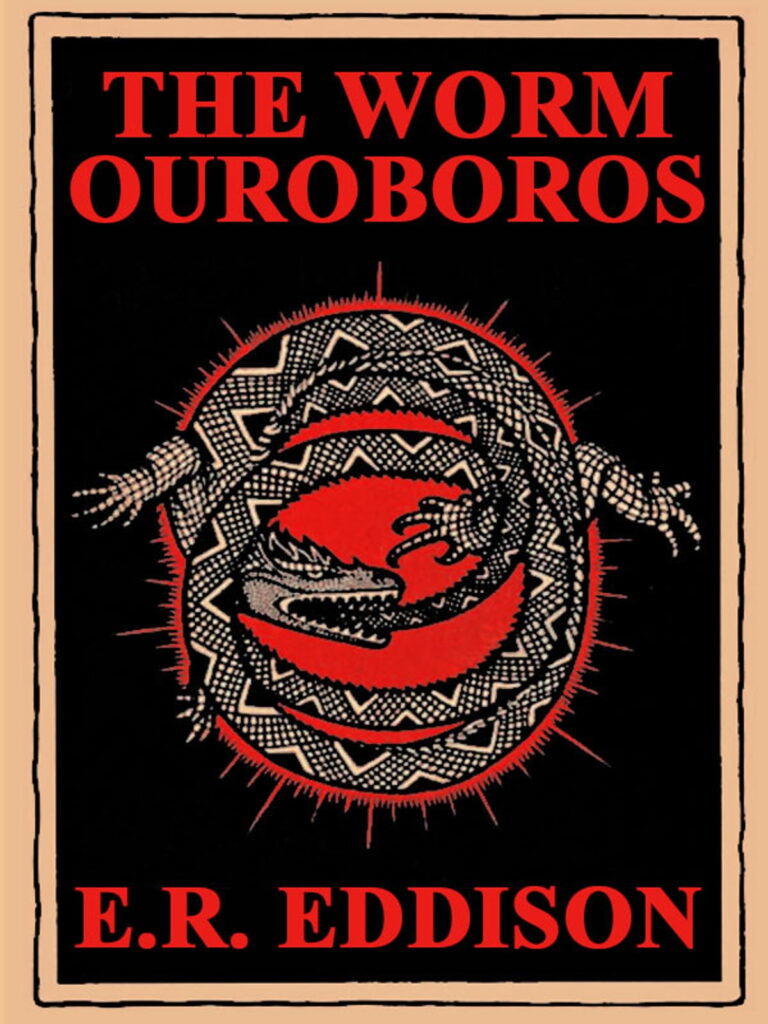
Wearing my grading face (which strongly resembles Mung making the Sign of Mung).
A pleasingly domestic line in the saga I’m currently reading (which is mostly about war and killing).
Ráðahagr Áka stendr með miklum blóma.
—Jómsvíkinga Saga 17
“Áka stands marriage with great bloom.”
That’s the kind of marriage to have. I hope Þórgunn (his wife) felt the same way about it.

I misread a student’s handwriting and thought they had written “Prester Joan” (instead of “Prester John”). Now I can’t stop thinking of Prester Joan teaming up with Pope Joan to, I don’t know, conquer the moon or something.
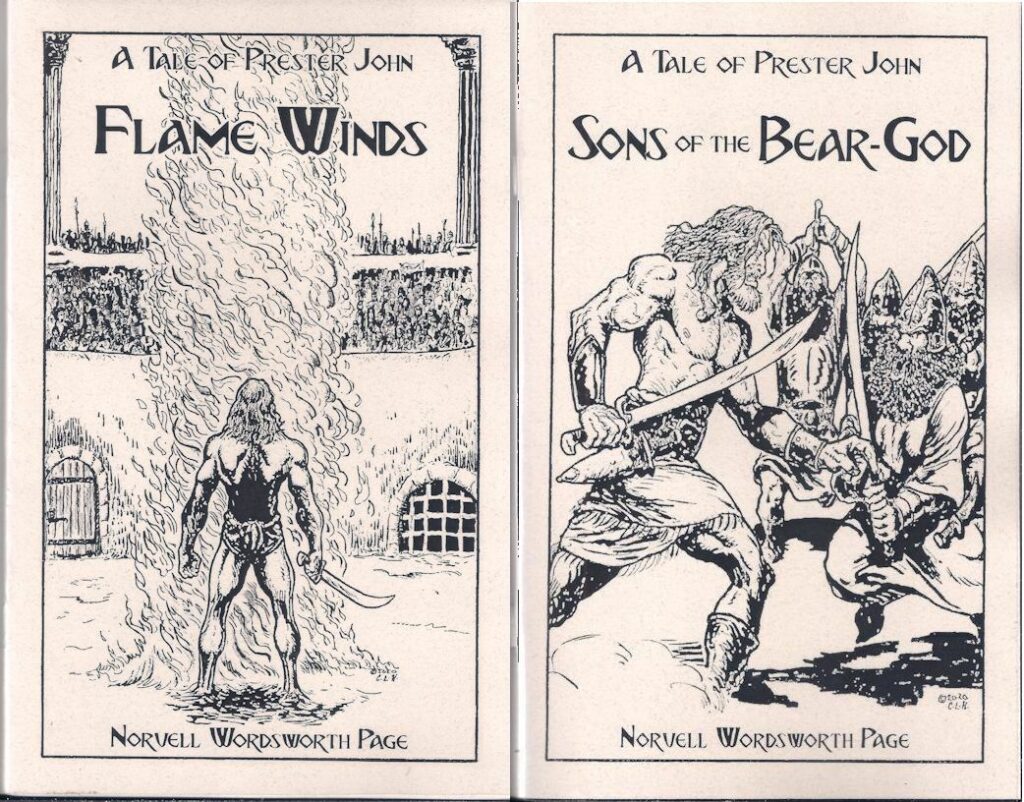
[edited to add]
Ariosto calls Prester John Senapo, from senape “the mustard plant”. So this character in Orlando Furioso comes with his own soundtrack, although I expect most of my students are too young to hear it.
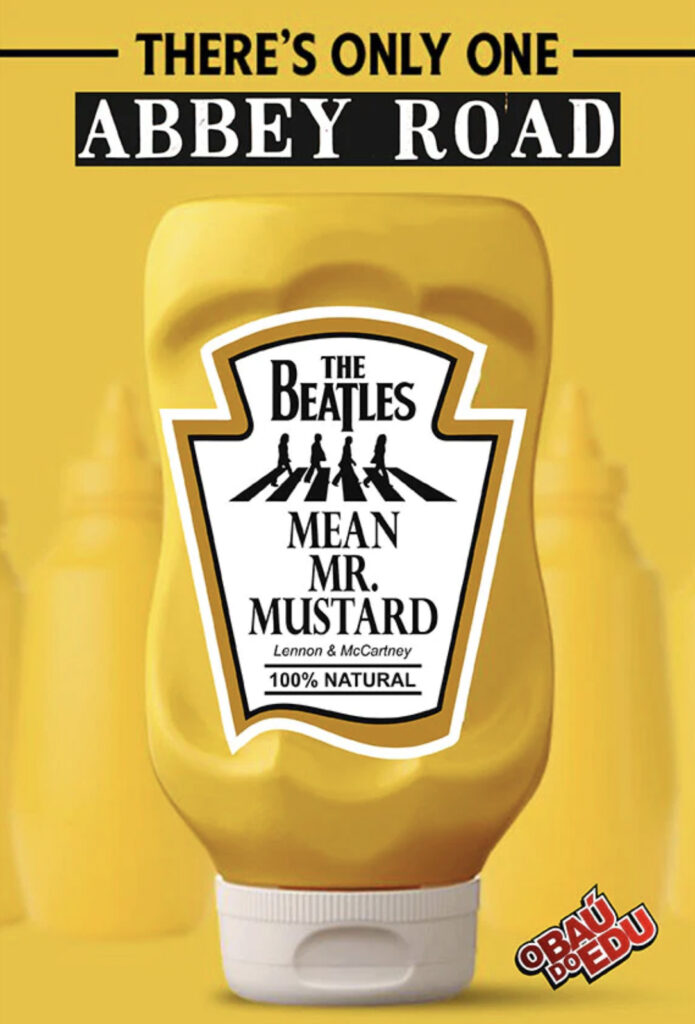
Thank God. This has been a rough semester (for personal more than academic reasons: my pancreas trying to kill me in January and Lennie’s death in April).
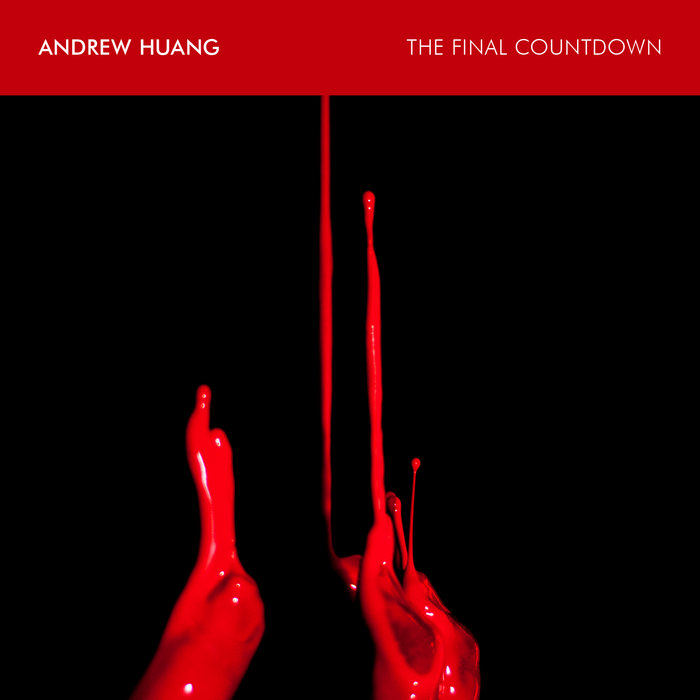
Below is an unmoderated comment on the previous entry. Poor Lydia: an internet full of porn and she has to touch herself thinking about me.

Emlyn Dodd has a nice piece up today at The Conversation about a newly excavated winery from the later Roman Empire. The property originally belonged to the Quintilii brothers, and then became part of the emperor’s holdings after Commodus had them murdered.
Of these innocent victims of tyranny, none died more lamented than the two brothers of the Quintilian family, Maximus and Condianus; whose fraternal love has saved their names from oblivion, and endeared their memory to posterity. Their studies and their occupations, their pursuits and their pleasures, were still the same. In the enjoyment of a great estate, they never admitted the idea of a separate interest: some fragments are now extant of a treatise which they composed in common; and in every action of life it was observed that their two bodies were animated by one soul. The Antonines, who valued their virtues, and delighted in their union, raised them, in the same year, to the consulship; and Marcus afterwards intrusted to their joint care the civil administration of Greece, and a great military command, in which they obtained a signal victory over the Germans. The kind cruelty of Commodus united them in death.
—Gibbon, Decline and Fall of the Roman Empire, ch. 4
The winery dates from the period of imperial ownership, and the article has some nice images of the excavations and the production of wine in the ancient world.
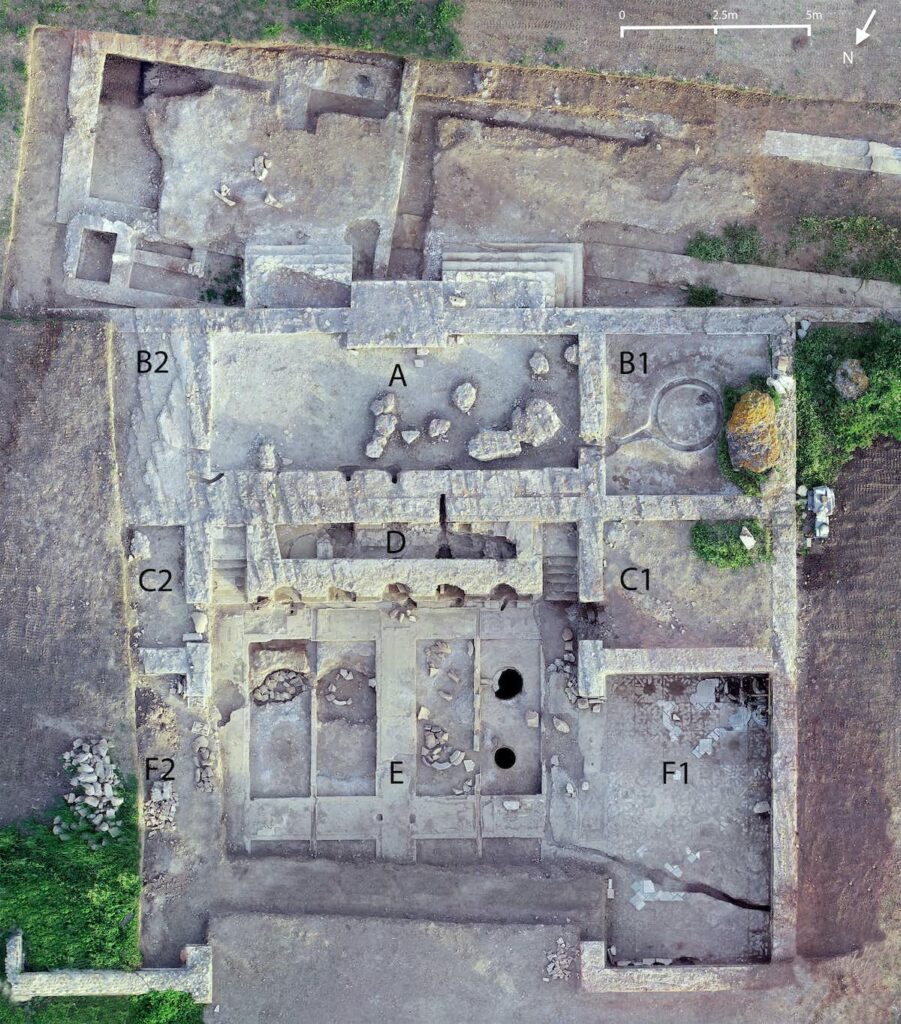
I was reading a harrowing story (at Vox.com) about the Vallow-Daybell murders which mentioned the concept of DARVO. It wasn’t brand-new to me, but I had sort of forgotten about it, even though the thing itself is as common as gnats in a swamp.
DARVO describes a defense strategy that abusers use to evade responsibility for their actions. The acronym was coined by Dr. Jennifer Freyd, and stands for “Deny, Attack, Reverse Victim and Offender”.
The perpetrator or offender may Deny the behavior, Attack the individual doing the confronting, and Reverse the roles of Victim and Offender such that the perpetrator assumes the victim role and turns the true victim — or the whistle blower — into an alleged offender. This occurs, for instance, when an actually guilty perpetrator assumes the role of “falsely accused” and attacks the accuser’s credibility and blames the accuser of being the perpetrator of a false accusation.
Jennifer Freyd, PhD
This is a powerful formulation, not because if refers to some exotic behavioral phenomenon on the fringe of human experience, but because we can all recognize it from stuff we’ve seen or heard about. People reading the description tend to think, “Sure, that reminds me of X”—some abuser that they knew or have heard about. It’s the strategy Cicero used in defending Caelius Rufus against the charge of attempted murder of his ex. It’s often used because it often works.
In the Vallow-Daybell case, Vallow’s estranged husband tried to alert authorities to crimes in progress, but Vallow used DARVO to convince the police that it was her husband who was the problem. Now that Vallow’s husband, Vallow’s children, and Daybell’s wife have been murdered in separate incidents, it’s clearer who the offenders and who the victims are, but some of those victims might still be around if the cops hadn’t succumbed to DARVO, with or without Fresca.

DARVO can be used by individuals or institutions, but I think it’s a useful paradigm to apply to politics. DARVO fits well with the paranoid style of rhetoric which has become dominant among the right-wing extremists who dominate the Republican Party (e.g. MTG with her brabbling about Jewish space-lasers, Jim Jordan’s flaccid, flatulent attempts to punish government agencies who have the temerity to enforce laws against Republicans, etc).
DARVO can be effective if it forces the conversation into terms favorable to the abuser. But Freyd’s research also suggests that the more familiar someone is with the gambit, the less likely they are to be fooled by it.
So I guess the TL;DR here is: don’t get DARVOed. Abusers, and their claques of defenders, are everywhere these days, as common as gnats in a swamp.